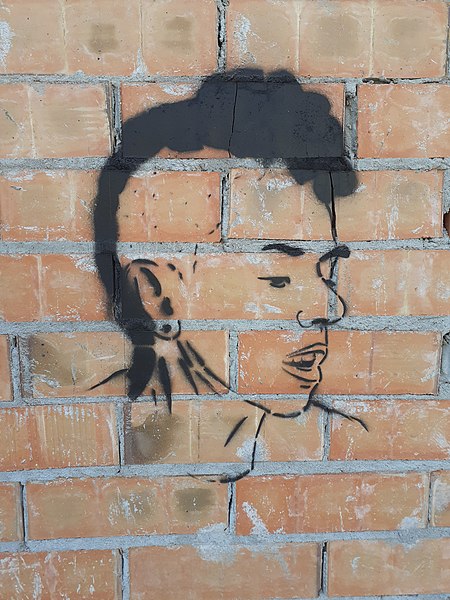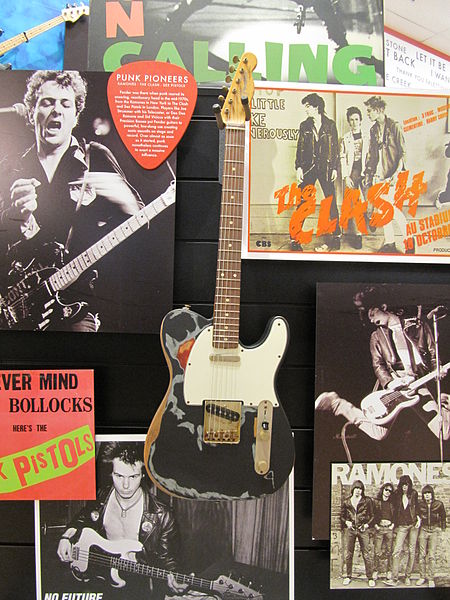2.2: The Great Migration
- Page ID
- 226917
\( \newcommand{\vecs}[1]{\overset { \scriptstyle \rightharpoonup} {\mathbf{#1}} } \)
\( \newcommand{\vecd}[1]{\overset{-\!-\!\rightharpoonup}{\vphantom{a}\smash {#1}}} \)
\( \newcommand{\id}{\mathrm{id}}\) \( \newcommand{\Span}{\mathrm{span}}\)
( \newcommand{\kernel}{\mathrm{null}\,}\) \( \newcommand{\range}{\mathrm{range}\,}\)
\( \newcommand{\RealPart}{\mathrm{Re}}\) \( \newcommand{\ImaginaryPart}{\mathrm{Im}}\)
\( \newcommand{\Argument}{\mathrm{Arg}}\) \( \newcommand{\norm}[1]{\| #1 \|}\)
\( \newcommand{\inner}[2]{\langle #1, #2 \rangle}\)
\( \newcommand{\Span}{\mathrm{span}}\)
\( \newcommand{\id}{\mathrm{id}}\)
\( \newcommand{\Span}{\mathrm{span}}\)
\( \newcommand{\kernel}{\mathrm{null}\,}\)
\( \newcommand{\range}{\mathrm{range}\,}\)
\( \newcommand{\RealPart}{\mathrm{Re}}\)
\( \newcommand{\ImaginaryPart}{\mathrm{Im}}\)
\( \newcommand{\Argument}{\mathrm{Arg}}\)
\( \newcommand{\norm}[1]{\| #1 \|}\)
\( \newcommand{\inner}[2]{\langle #1, #2 \rangle}\)
\( \newcommand{\Span}{\mathrm{span}}\) \( \newcommand{\AA}{\unicode[.8,0]{x212B}}\)
\( \newcommand{\vectorA}[1]{\vec{#1}} % arrow\)
\( \newcommand{\vectorAt}[1]{\vec{\text{#1}}} % arrow\)
\( \newcommand{\vectorB}[1]{\overset { \scriptstyle \rightharpoonup} {\mathbf{#1}} } \)
\( \newcommand{\vectorC}[1]{\textbf{#1}} \)
\( \newcommand{\vectorD}[1]{\overrightarrow{#1}} \)
\( \newcommand{\vectorDt}[1]{\overrightarrow{\text{#1}}} \)
\( \newcommand{\vectE}[1]{\overset{-\!-\!\rightharpoonup}{\vphantom{a}\smash{\mathbf {#1}}}} \)
\( \newcommand{\vecs}[1]{\overset { \scriptstyle \rightharpoonup} {\mathbf{#1}} } \)
\( \newcommand{\vecd}[1]{\overset{-\!-\!\rightharpoonup}{\vphantom{a}\smash {#1}}} \)

Image 2.3 Jacob Lawrence, The Migration series, Panel No. 1: During World War I there was a great migration north by Southern African Americans, 1940–41. Casein tempera on hardboard, 12 × 18” (30.5 × 45.7 cm). The Phillips Collection, Washington, D.C. (Photo: Dr. Steven Zucker, CC-BY-NC-SA 2.0)
Between the end of the Civil War and the beginning of the Great Depression, nearly two million African Americans fled the rural South to seek new opportunities elsewhere. While some moved west, the vast majority of this Great Migration, as the large exodus of African Americans leaving the South in the early twentieth century was called, traveled to the Northeast and Upper Midwest. The following cities were the primary destinations for these African Americans: New York, Chicago, Philadelphia, St. Louis, Detroit, Pittsburgh, Cleveland, and Indianapolis. These eight cities accounted for over two-thirds of the total population of the African American migration.
A combination of both “push” and “pull” factors played a role in this movement. Despite the end of the Civil War and the passage of the Thirteenth, Fourteenth, and Fifteenth Amendments to the U.S. Constitution (ending slavery, ensuring equal protection under the law, and protecting the right to vote, respectively), African Americans were still subjected to intense racial hatred. The rise of the Ku Klux Klan in the immediate aftermath of the Civil War led to increased death threats, violence, and a wave of lynchings. Even after the formal dismantling of the Klan in the late 1870s, racially motivated violence continued. According to researchers at the Tuskegee Institute, there were thirty-five hundred racially motivated lynchings and other murders committed in the South between 1865 and 1900. For African Americans fleeing this culture of violence, northern and midwestern cities offered an opportunity to escape the dangers of the South.
In addition to this “push” out of the South, African Americans were also “pulled” to the cities by factors that attracted them, including job opportunities, where they could earn a wage rather than be tied to a landlord, and the chance to vote (for men, at least), supposedly free from the threat of violence. Although many lacked the funds to move themselves north, factory owners and other businesses that sought cheap labor assisted the migration. Often, the men moved first then sent for their families once they were ensconced in their new city life. Racism and a lack of formal education relegated these African American workers to many of the lower-paying unskilled or semi-skilled occupations. More than 80 percent of African American men worked menial jobs in steel mills, mines, construction, and meat packing. In the railroad industry, they were often employed as porters or servants (Image 2.4). In other businesses, they worked as janitors, waiters, or cooks. African American women, who faced discrimination due to both their race and gender, found a few job opportunities in the garment industry or laundries, but were more often employed as maids and domestic servants. Regardless of the status of their jobs, however, African Americans earned higher wages in the North than they did for the same occupations in the South, and typically found housing to be more available.

Image 2.4 African American men who moved north as part of the Great Migration were often consigned to menial employment, such as working in construction or as porters on the railways (a), such as in the celebrated Pullman dining and sleeping cars (b).
However, such economic gains were offset by the higher cost of living in the North, especially in terms of rent, food costs, and other essentials. As a result, African Americans often found themselves living in overcrowded, unsanitary conditions, much like the tenement slums in which European immigrants lived in the cities. For newly arrived African Americans, even those who sought out the cities for the opportunities they provided, life in these urban centers was exceedingly difficult. They quickly learned that racial discrimination did not end at the Mason-Dixon Line, but continued to flourish in the North as well as the South. European immigrants, also seeking a better life in the cities of the United States, resented the arrival of the African Americans, whom they feared would compete for the same jobs or offer to work at lower wages. Landlords frequently discriminated against them; their rapid influx into the cities created severe housing shortages and even more overcrowded tenements. Homeowners in traditionally White neighborhoods later entered into covenants in which they agreed not to sell to African American buyers; they also often fled neighborhoods into which African Americans had gained successful entry. In addition, some bankers practiced mortgage discrimination, later known as “redlining,” in order to deny home loans to qualified buyers. Such pervasive discrimination led to a concentration of African Americans in some of the worst slum areas of most major metropolitan cities, a problem that remained ongoing throughout most of the twentieth century.
So why move to the North, given that the economic challenges they faced were similar to those that African Americans encountered in the South? The answer lies in noneconomic gains. Greater educational opportunities and more expansive personal freedoms mattered greatly to the African Americans who made the trek northward during the Great Migration. State legislatures and local school districts allocated more funds for the education of both Blacks and Whites in the North, and also enforced compulsory school attendance laws more rigorously. Similarly, unlike the South where a simple gesture (or lack of a deferential one) could result in physical harm to the African American who committed it, life in larger, crowded northern urban centers permitted a degree of anonymity—and with it, personal freedom—that enabled African Americans to move, work, and speak without deferring to every White person with whom they crossed paths. Psychologically, these gains more than offset the continued economic challenges that Black migrants faced.
Remixed from:
P. Scott Corbett (Ventura College), et al. U.S. History by OpenStax (Hardcover Version, Full Color). 1st ed., XanEdu Publishing Inc, 2014, openstax.org/books/us-history/pages/19-2-the-african-american-great-migration-and-new-european-immigration. CC BY 4.0.

